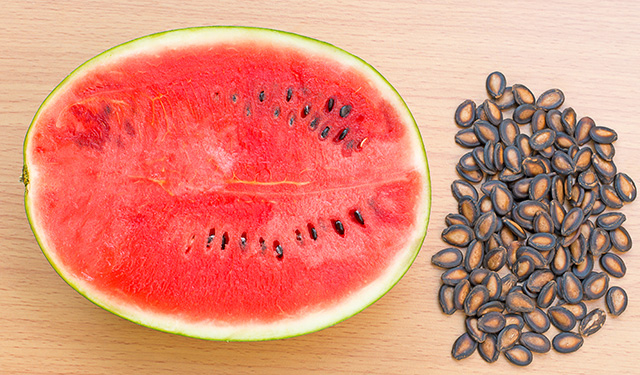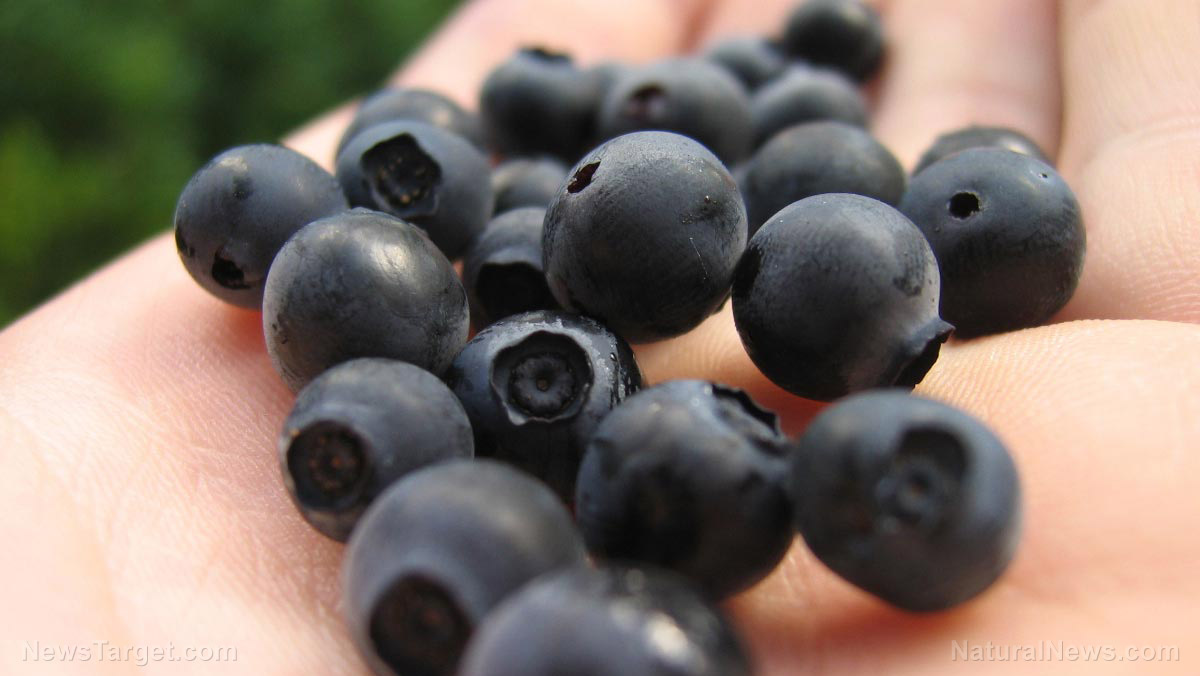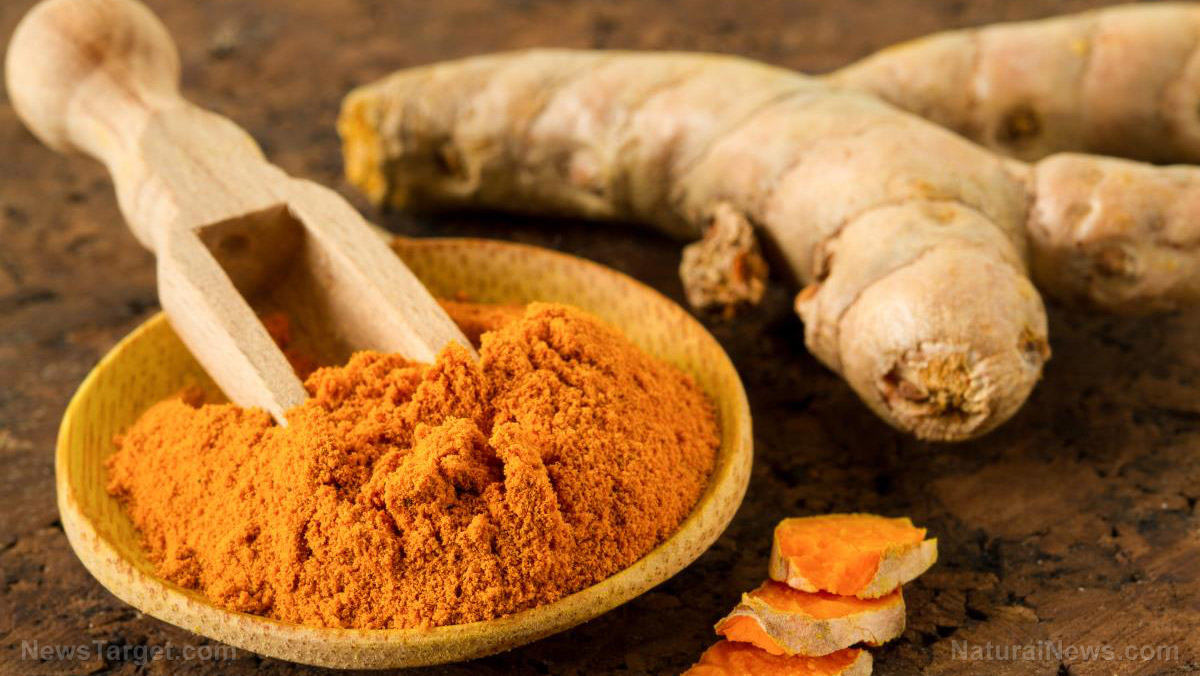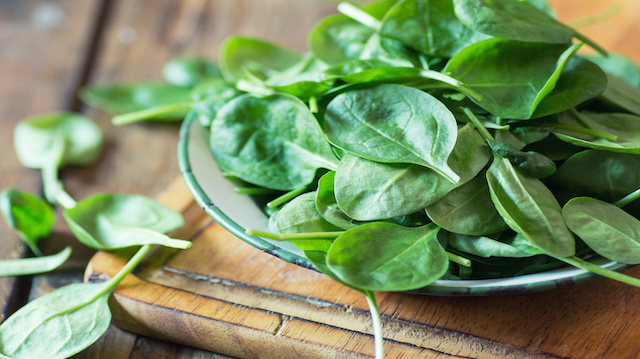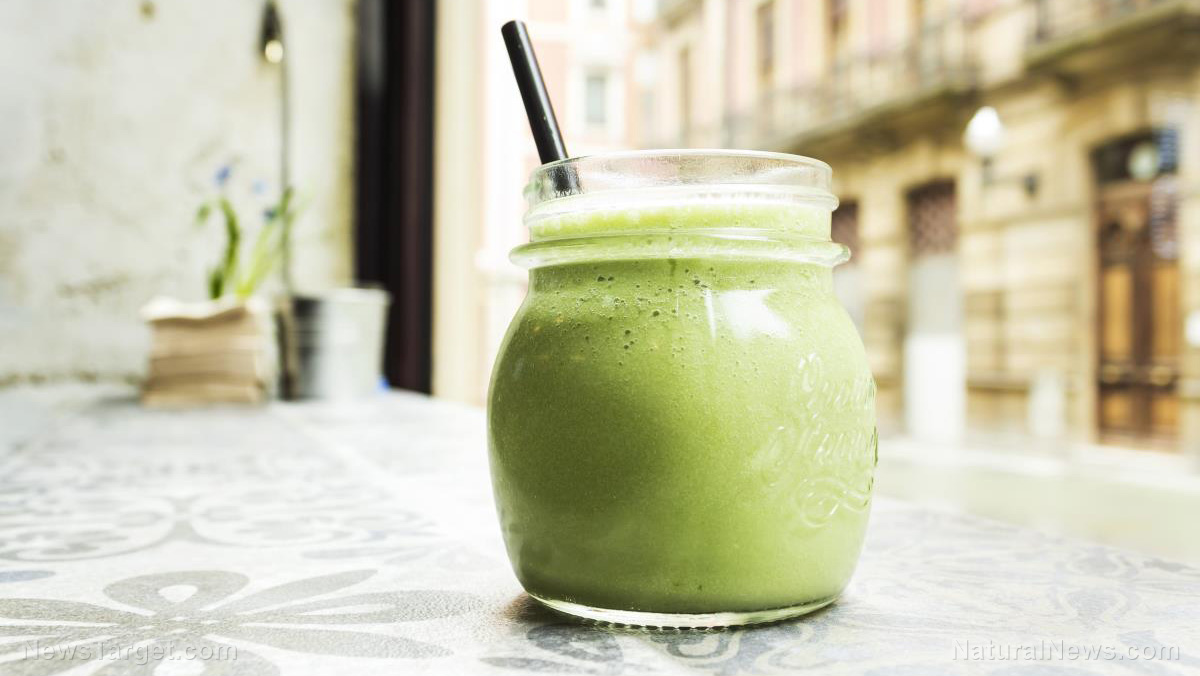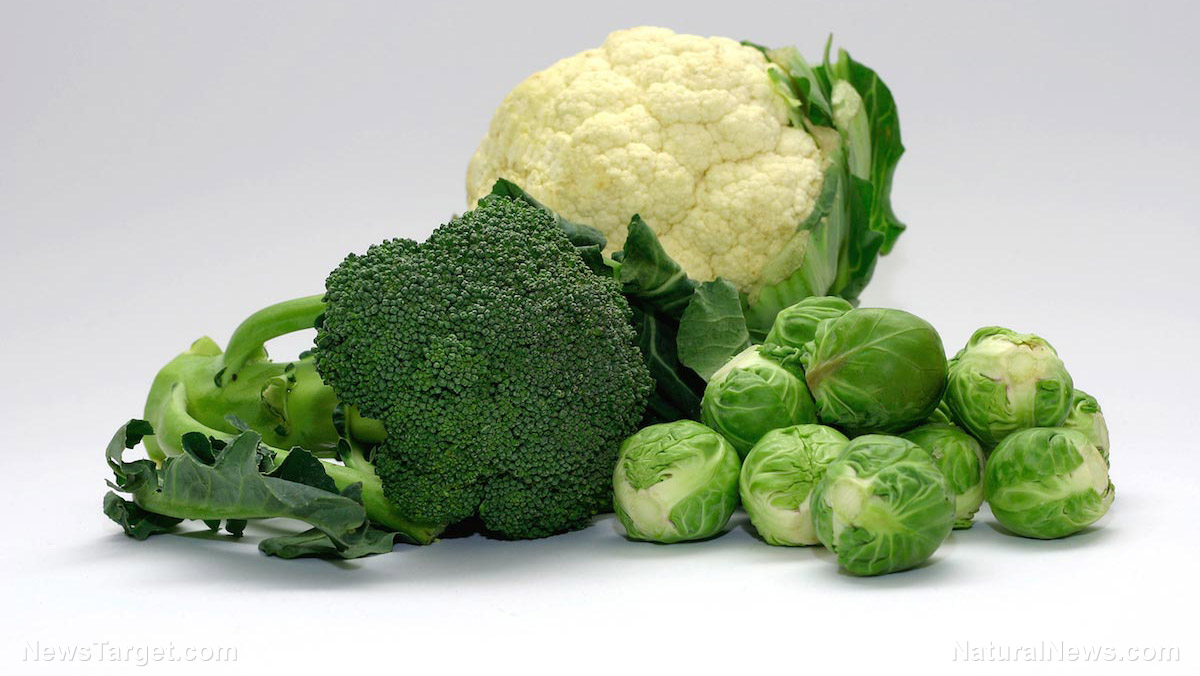Vitamin C can help reduce toxic levels of lead in the blood
12/07/2016 / By Vicki Batts

Vitamin C provides many health benefits and it is used by the body in many different ways. For example, your body uses vitamin C to form collagen. According to the NIH, vitamin C is also used in the creation of skin, ligaments,tendons and blood vessels. Vitamin C is also essential for repairing and maintaining cartilage, bones and teeth. The nutrient also plays a vital role in the wound healing process and the formation of scar tissue.
Vitamin C is also highly regarded for its protective benefits, such as the prevention of illnesses like the common cold. Some studies have even suggested that vitamin C can help to prevent cancer; it’s a potent antioxidant nutrient that blocks damage from free radicals. Dr. Sherry Ross, an OB/GYN and Women’s Health Expert at Providence Saint John’s Health Center in Santa Monica, California says, “Vitamin C is a vital antioxidant that helps protect cells from damage caused by free radicals that we are exposed to in the environment such as air pollution, cigarette smoke and ultraviolet light from the sun.”
To put it simply, vitamin C has a wide range of impressive health benefits. However, there has been a strong indication that vitamin C may be even more powerful than previously thought. Research has found that in addition to vitamin C’s myriad of health benefits, it can also help to reduce the amount of lead — a toxic heavy metal — in the bloodstream.
Lead toxicity can lead to neurological damage in both children and adults. In high doses, vitamin C can lower the lead content of the blood. This amazing finding was uncovered by a research team from the University of California at San Francisco and their results were published in the Journal of the American Medical Association in 1999.
The researchers were able to identify a direct correlation between higher vitamin C content in the blood and lower levels of lead. Their discovery comes with major public health implications, especially for developing children, when it comes to combatting lead toxicity. While lead use has been banned for more than two decades, it is still quite possible to come into contact with it, especially in older buildings. Lead can be found in old, deteriorating paint, dust, and other older building materials, as well as contaminated soil. There is currently no amount of lead that has been deemed safe for humans, which only underlines the importance of these findings — lead is extremely toxic.
In their study, the researchers examined data from a national analysis of 19,000 people, including adults and children that were at least six years old. Children who were in the top third for vitamin C blood content exhibited an 89 percent lowered incidence of lead toxicity. In adults, this effect was slightly more modest, with a 68 percent reduction of lead levels in the blood.
Other studies have demonstrated a similar effect. For example, a study led by researchers from the University of Texas Medical Branch in Galveston found that vitamin C also reduced lead content in the blood. For their study, they gave smokers a 1000mg supplement of vitamin C and found that taking this supplement greatly reduced the amount of lead flowing through their bloodstream.
According to the Global Lead Advice and Support Service (GLASS), vitamin C reduces lead content in the blood through a process called chelation. This essentially means that vitamin C binds to lead and carries it out of the body. According to GLASS, vitamin C is not the only nutrient that can help reduce blood lead levels; the organization notes that other nutrients such as vitamin E, vitamin B1 (thiamine) and vitamin B9 (folate) have also been shown to contribute to reducing lead content in the body.
The best way to make sure you are getting enough vitamin C in your diet is by eating plenty of fresh fruits and vegetables every day. However, supplementation is also an option that you may wish to discuss with your natural health provider.
Sources:
Lead.org.au [PDF]
Tagged Under: lead toxicity, natural medicine, vitamin C


